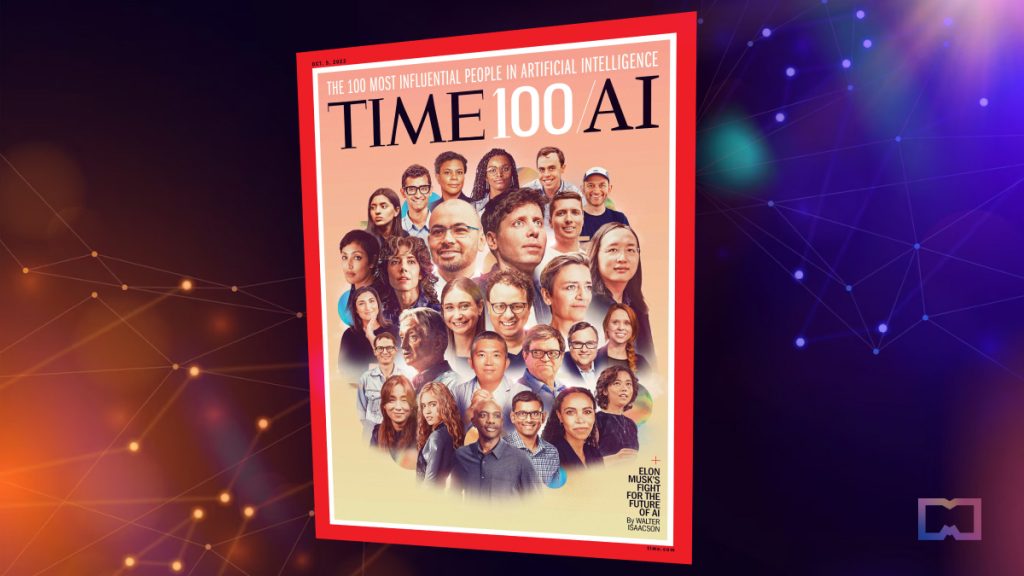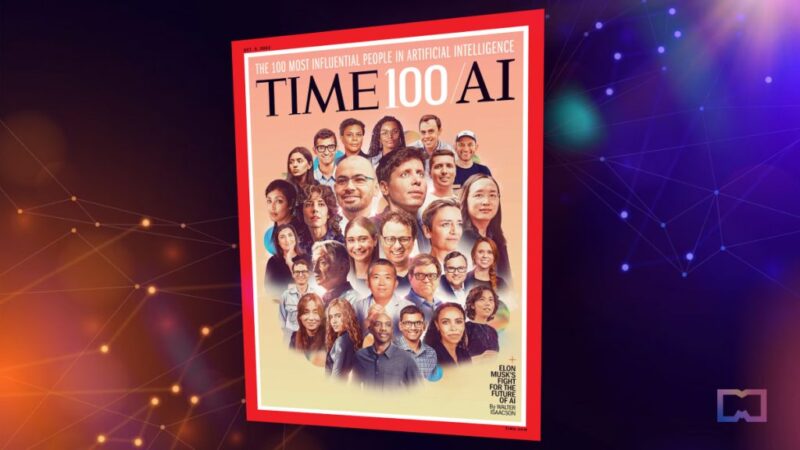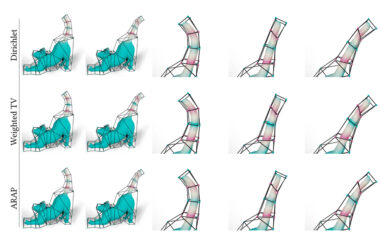
TIME today unveiled the inaugural TIME100 AI, a new list shining a spotlight on the 100 most influential people in artificial intelligence.
Illustrated by Neil Jamieson, the cover of the 2023 TIME100 AI issue features 28 list-makers including Sam Altman of OpenAI, Dario and Daniela Amodei of Anthropic, Demis Hassabis of Google DeepMind, and more.
The issue also includes profiles and interviews with leading industry players such as co-founder and chief AGI scientist of Google DeepMind Shane Legg, co-founder and president of OpenAI Greg Brockman, amongst others.
Explaining its selection process, TIME said that its editors and reporters sought nominations and recommendations from industry leaders and dozens of expert sources.
“This group of 100 individuals is in many ways a map of the relationships and power centers driving the development of AI,” wrote TIME Editor-in-Chief Sam Jacobs. “They are rivals and regulators, scientists and artists, advocates and executives—the competing and cooperating humans whose insights, desires, and flaws will shape the direction of an increasingly influential technology.”
Women in AI Forge Ahead in a Male-Dominated Space
The list is divided into four categories: Leaders, thinkers, shapers, and innovators.
Obvious figures such as OpenAI CEO Sam Altman, Elon Musk, NVIDIA President Jensen Huang, along with other founders and CEOs from OpenAI, Google DeepMind, and other leading AI firms were categorized as “leaders” in the list.
Much like the tech sector, the AI industry remains predominantly male-dominated. Nevertheless, women and nonbinary individuals have been making significant strides, constituting slightly over 40% of the list.
They include CEO & co-founder of Humane Intelligence Rumman Chowdhury, cognitive scientist Abeba Birhane, COO of Google DeepMind Lila Ibrahim, General Manager of the Data Center and AI Group at Intel Sandra Rivera, chief AI ethics scientist at Hugging Face Margaret Mitchell, Stanford professor Fei-Fei Li, and Sneha Revanur, amongst others.
At 18 years old, Sneha Revanur holds the distinction of being the youngest inclusion on the list. She is the founder of AI youth activist group Encode Justice.
In contrast, 76-year-old Geoffrey Hinton is the oldest listmaker. He left his position at Google earlier this year to talk about the dangers of the technology he helped create.
Notable policymakers and government officials on the list include U.S. representatives Anna Eshoo and Ted Lieu, Ian Hogarth, who chairs the UK’s Al Taskforce, Omar Al Olama, the UAE’s minister for artificial intelligence, and others.
The list also acknowledges scientists, professors, researchers, and activists who specialize in AI ethics, bias, and safety. Notable figures in this category include Max Tegmark, the president of the Future of Life Institute, alongside professors Emily M. Bender and Yoshua Bengio, who was announced today as an advisor to the UK’s AI Taskforce.
In addition to these expected entries, some surprising selections appeared. These include Charlie Brooker, the creator of Black Mirror, science fiction writer Tech Chiang and musician Grimes, who earned spots in the “innovators” category.
The “innovators” list highlights creatives who either question the impact of AI on society or incorporate experimental approaches to the technology in their endeavors.
“TIME’s mission is to highlight the people and ideas that are making the world a better, more equitable place,” TIME Chief Executive Officer Jessica Sibley said in a statement. “At this critical moment of exceptional growth and advancement in AI, we are proud to reveal the first-ever TIME100 AI list to recognize the individuals leading AI innovation, including those advancing major conversations to promote equity in AI.”
Source: mPost







